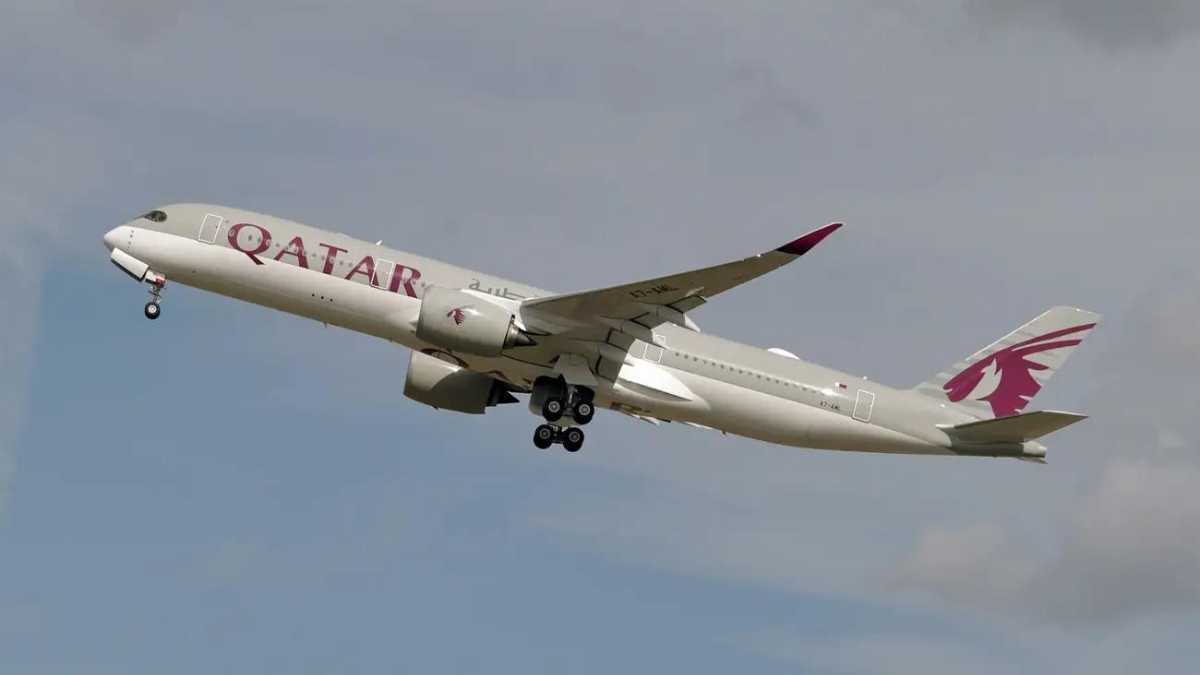The tragic occurrence occurred on a Qatar Airways flight when an off-duty pilot, who was traveling as a passenger, suffered a medical emergency and died. The episode demonstrated the challenges of dealing with medical issues in flight, even among educated aviation experts.
Because of the constrained space and limited medical services accessible onboard, in-flight medical situations present particular obstacles. Airlines must be prepared to respond to a variety of medical emergencies and guarantee that passengers and staff receive the treatment and assistance they require.
The incident emphasizes the significance of comprehensive medical emergency training for cabin crew and pilots. Training programs prepare aviation workers to respond effectively to a variety of scenarios by providing them with the information and skills required to treat medical difficulties in the air.
Airlines also work with ground medical specialists to provide guidance and support during in-flight medical situations. This collaboration is critical in order to provide the best possible outcome for passengers and staff members experiencing health difficulties while flying.
The Qatar Airways event serves as a reminder of the unexpected difficulties that airlines and passengers can face when flying. While airlines take stringent efforts to protect the safety and well-being of passengers on board, situations like this underscore the importance of ongoing procedure and preparedness review and improvement.
As air travel continues to be an important form of transportation for millions of people, the incident emphasizes the importance of airlines remaining aware and prepared for any situation that may emerge during flights.
The safety of passengers and crew is still a major priority, and the aviation industry is working hard to improve its protocols and processes for dealing with in-flight incidents.
ALSO READ: Meow Cat Cafe: Adorable Cats Companion Offers Joy In War-Scarred Gaza
The Qatar Airways event involving the death of an off-duty pilot onboard serves as a sad reminder of the difficulties associated with in-flight medical emergencies. The incident emphasizes the significance of rigorous training, readiness, and teamwork between airlines and medical professionals to ensure passenger and crew safety and well-being.
Lessons gathered from such disasters contribute to the aviation industry’s continued commitment to improving safety measures and response methods in the air.


















